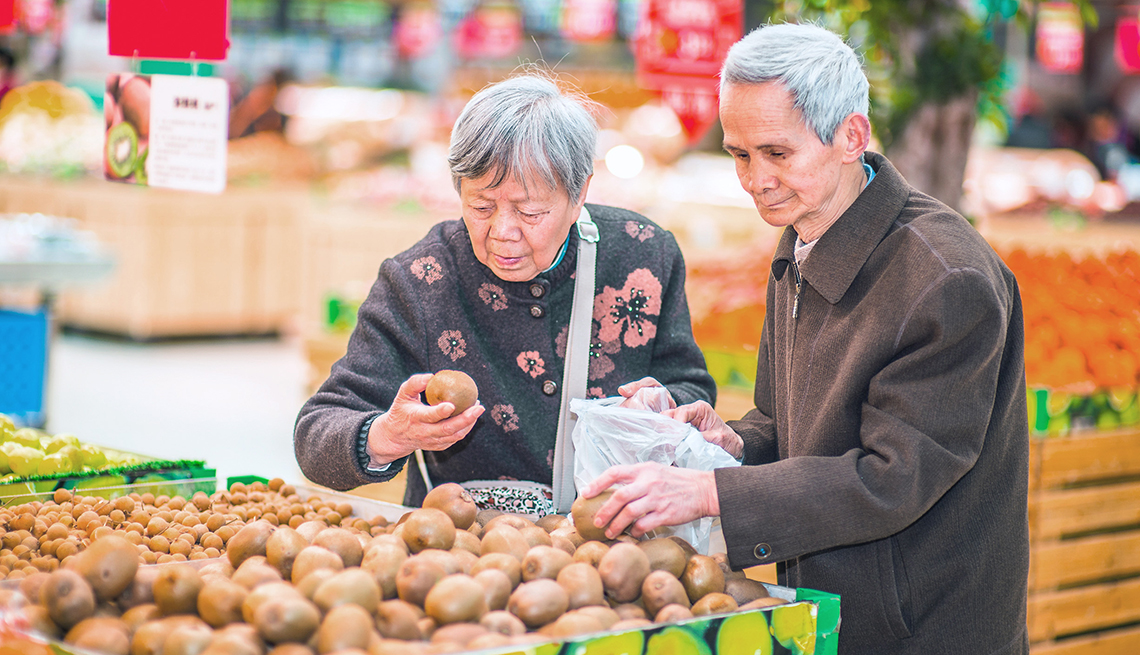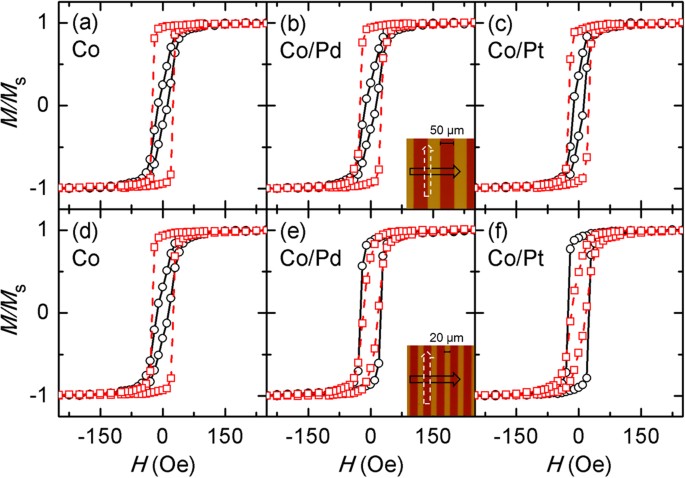
- Select a language for the TTS:
- UK English Female
- UK English Male
- US English Female
- US English Male
- Australian Female
- Australian Male
- Language selected: (auto detect) - EN
Play all audios:
With inflation and the higher costs of basic necessities like food, utilities, and housing, many US residents are being forced to make difficult financial trade-offs. This especially affects
individuals with lower incomes, particularly older adults living on a tight budget and/or a low fixed income. This survey explored the attitudes and experiences related to food security for
older adults whose household income is below 225% of the federal poverty level (FPL). The main focus of the survey was knowledge of, attitude about, and experiences with the Supplemental
Nutrition Assistance Program (SNAP). THOUGH SNAP IS DESIGNED TO HELP OLDER ADULTS PURCHASE FOOD, FOR MANY IT IS SIMPLY NOT ENOUGH. Unfortunately, even with SNAP benefits, the survey finds
some current SNAP beneficiaries say they have had too little money to buy food and/or have had to choose between buying food and other necessities like medicine. Furthermore, a substantial
percentage of beneficiaries say they have had to rely on free food within the past six months of when the survey was administered and a good portion say they had to receive food from a free
source five or more times during that six month period. WHILE ONLINE PURCHASES USING THE SNAP BENEFIT WOULD HELP THOSE WITH DISABILITIES AND/OR TRANSPORTATION CHALLENGES, THE HIGH DELIVERY
COST MAKES IT PROHIBITIVE FOR MOST. The majority of current beneficiaries say they do not use their SNAP benefit to make online food purchases. Six in ten say the main reason they do not
purchase food online with their benefit is because of the cost of food delivery. Additionally, around two in five say they do not use their benefit to purchase food online because of online
privacy concerns and/or they like to go to the store. UNDER-ENROLLMENT IN SNAP CAN BE ATTRIBUTED TO FEELINGS OF INDEPENDENCE AND ALTRUISM FOR SOME, EVEN THOUGH THEY STRUGGLE TO BUY FOOD AT
TIMES. Feelings of independence and altruism among some possibly eligible older adults are significant challenges to encouraging them to apply for SNAP benefits. Many say they will not apply
for SNAP benefits because they can provide for themselves and/or they do not want to take food from others who may need it more. Yet, some of these same individuals also say they face
challenges like having enough money to buy food and have, in fact, had to go to free food sources like food banks on occasion. SNAP APPLICATION CHALLENGES AND OBSTACLES MAY ALSO CONTRIBUTE
TO UNDER-ENROLLMENT AMONG THE ELIGIBLE 50-PLUS. Even if an eligible older adult is willing to apply for SNAP benefits, there are a number of challenges and obstacles including difficulties
and frustrations with the application process as well as the recertification process. Results from this study suggest for this population, applications completed in-person would be optimal
given that those who apply online are less successful. REGARDLESS OF SNAP STATUS (I.E., CURRENT BENEFICIARY), THE VAST MAJORITY BELIEVE CURRENT SNAP BENEFITS SHOULD BE INCREASED. Over eight
in 10 say SNAP benefits should be increased in general. This sentiment is felt by the majority regardless of political ideology. Additionally, this population believes the $20 minimum SNAP
monthly benefit for one- to two-person households should be increased. Not only does the majority say the minimum SNAP benefit should be increased, most say it should be increased to $60 or
more—including Conservatives. While current levels of SNAP benefits may not completely counter inflation and the rising cost of groceries, it does help with putting at least some food on the
table which can help seniors stay healthy and out of the hospital, out of long-term care, and out of the emergency room. This indicates the need for a concerted effort to reach out to older
adults ages 50-plus with lower incomes who have not taken advantage of the SNAP program to ensure they are aware of the program and can enroll. METHODOLOGY The AARP 2022 SNAP
under-enrollment survey was conducted online from May 16, 2022 – June 1, 2022 with a total sample of 1,180 adults ages 50-plus with a household income of less than 225% of the federal
poverty level . This national survey was conducted using NORC at the University of Chicago’s AmeriSpeak probability-based sample. AmeriSpeak is designed to be representative of the U.S.
household population. All data are weighted by age, gender, and race according to the most recent Census population statistics. The survey was conducted in English and Spanish. FOOD SECURITY
RESOURCES AARP Foundation’s Food Security informational website highlights news and resources regarding food security. The USDA SNAP State Directory of Resources provides SNAP program
contact and application information for each state. For more information, please contact Cheryl L. Lampkin at [email protected]. For media inquiries, contact External Relations at







